CES 2019: VR entertainment faces many challenges

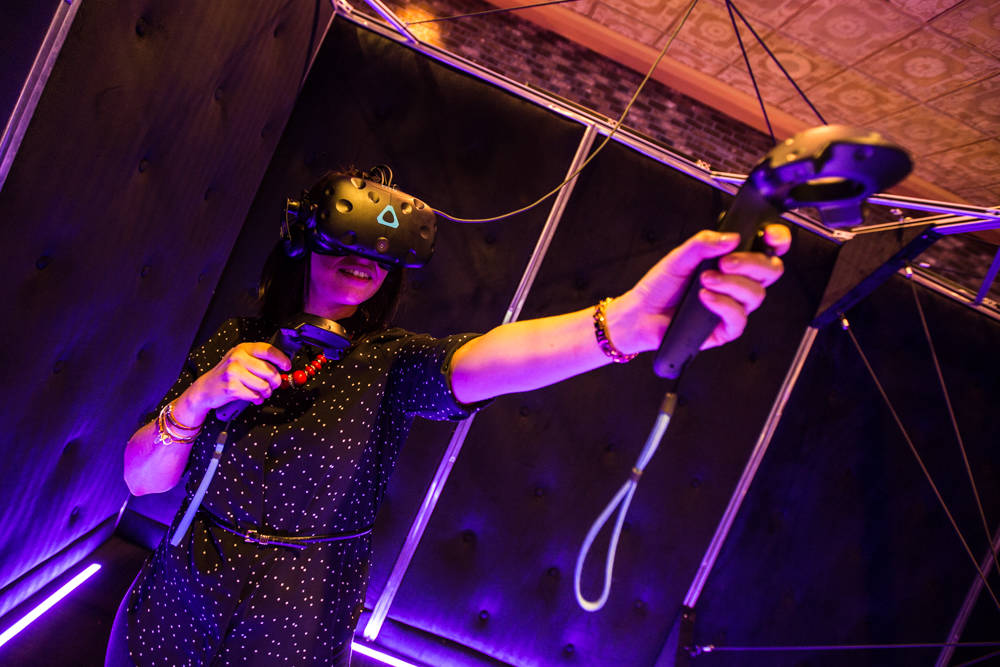
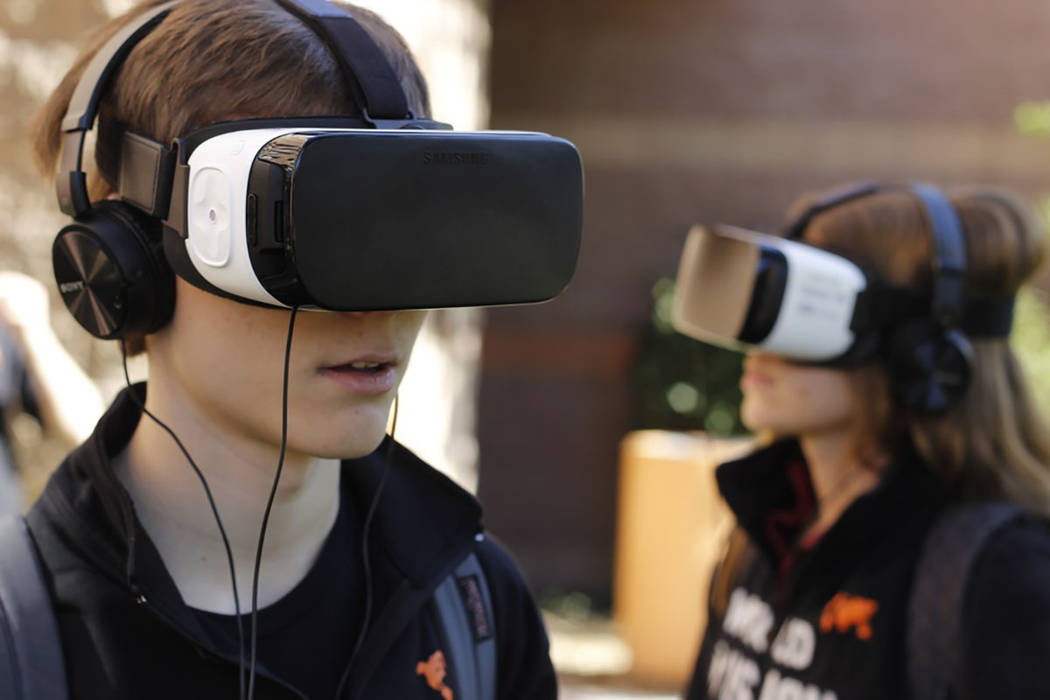
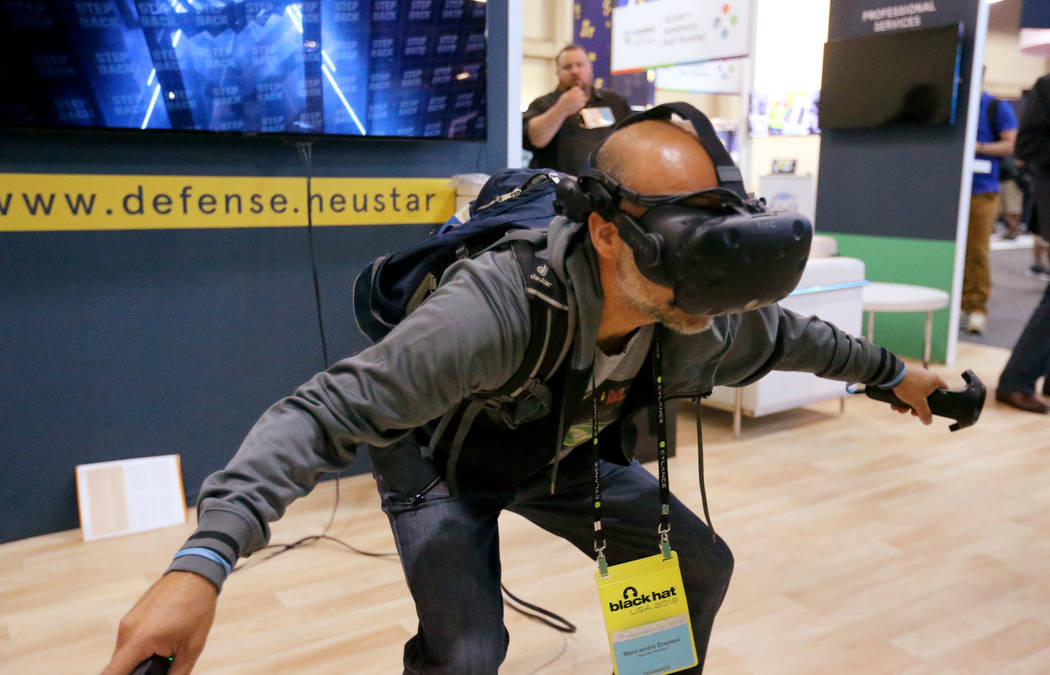
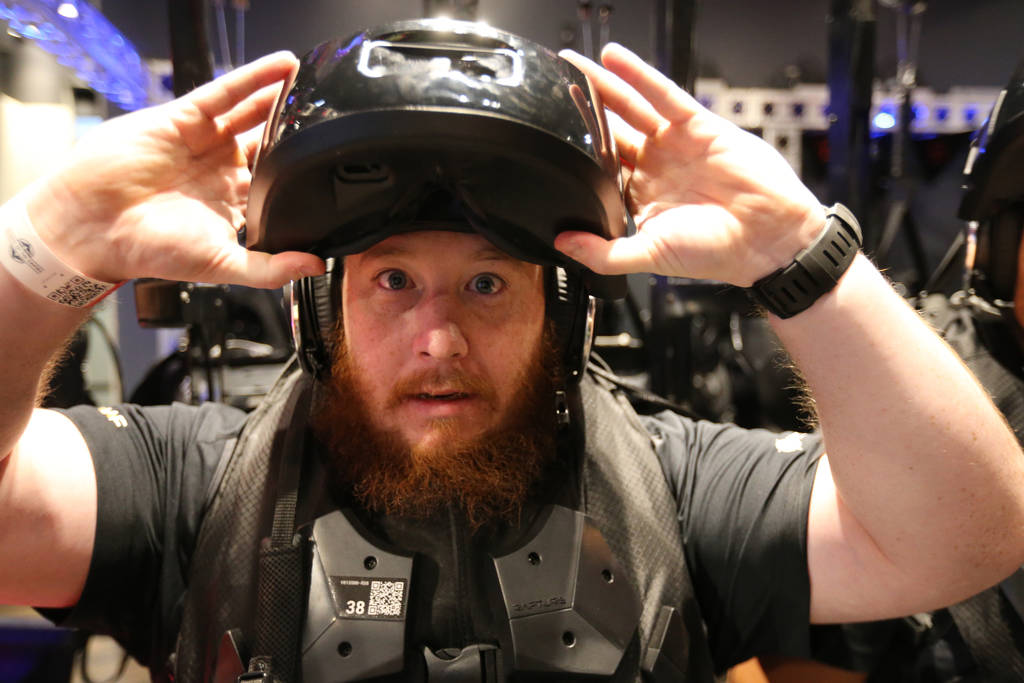
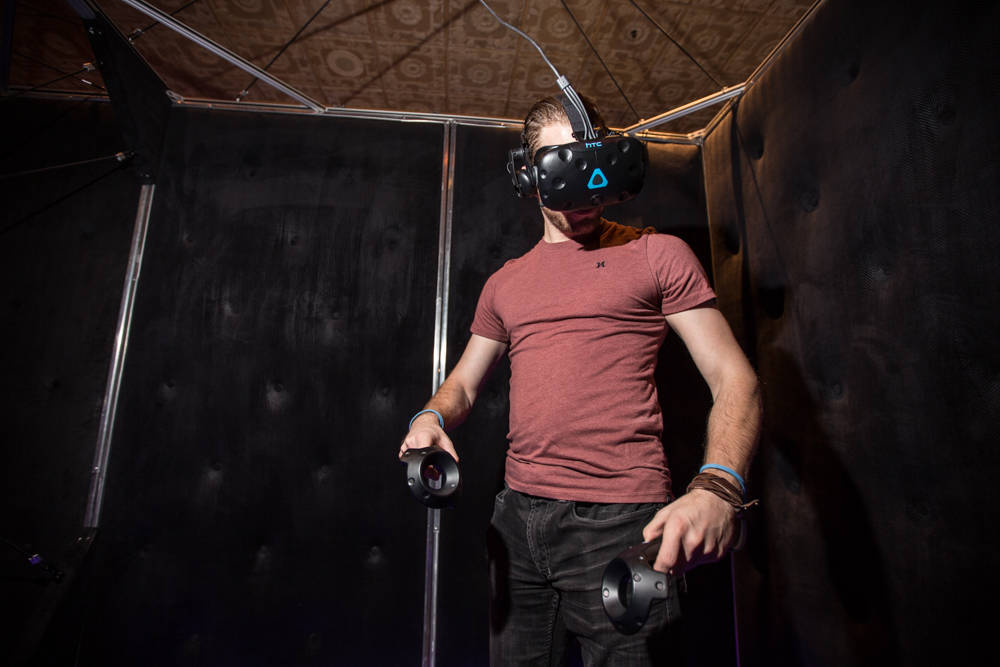
Some people want to save the world. Others want to dance like “Fortnite” characters.
That’s what Brad Herman said he learned when his virtual reality startup, SPACES Inc., launched a “Terminator”-themed virtual reality experience at a Chinese theme park last year.
The game features puzzle solving and combat elements that pit teams of human players against an army of robots, but Herman said many players seemed to be preoccupied with goofing off once they strapped on a VR headset.
“They’ve been 3D-scanned, and now they’re half-human, half-Terminator hybrids and they’re dabbing,” said Herman, SPACES co-founder and chief technology officer. “And they want to pay more attention: They’re having more fun interacting with each other in this hybrid virtual-real world.”
Herman was a member on one of two CES 2019 panels about augmented and virtual reality held Monday at the Las Vegas Convention Center. Herman’s panel discussed the growth and growing pains of immersive entertainment.
Location-based experiences, like those offered by bowling alleys or skating rinks, rely on people traveling to spend money on experiences they could not replicate at home. Advances in technology, like SPACES’ “Terminator” game, allow players to be immersed in virtual reality inside closed locations where they can move around and interact with an environment filled with props.
One challenging aspect of offering such experiences is maintaining sometimes delicate equipment, said panelist Alasdair Lennox, executive creative director for FITCH.
“You have to build and design it as if a 4-year-old is going to destroy it over Christmas holiday,” he said.
Helping virtual-reality newcomers adapt to the technology is also another hurdle, said Jennifer Chavarria, Head of Studio at VR studio Kite &Lightning.
Hand controllers, a shift from the typical gamepad, can leave even experienced gamers confused.
Chavarria said her company is asking people in smaller markets, like cities in the Midwest, to test their games and let them know how intuitive or awkward the controls and interface are.
“When you’re touching people who maybe don’t have as much access as other cities do, you’re getting very honest feedback,” she said. “These are the things we need to think about. We need to walk before we run.”
Set to boom
The market for augmented reality is set to boom over the next three years, Needham &Company senior analyst Laura Martin said in a separate panel.
Games like Pokemon Go, where computer-generated objects are overlaid into the real world, and other augmented-reality products are projected to rise from $10 billion in revenue worldwide to about $133 billion by 2021, Martin said. Revenues for virtual reality will rise from $7 billion to $75 billion.
Immersive entertainment revenue is being driven by Asia, Martin said.
“Don’t underestimate (augmented and virtual reality) just because you’re not seeing it front-and-center here because it’s being driven by other parts of the world,” she said.
Contact Michael Scott Davidson at sdavidson@reviewjournal.com or 702-477-3861. Follow @davidsonlvrj on Twitter.



















